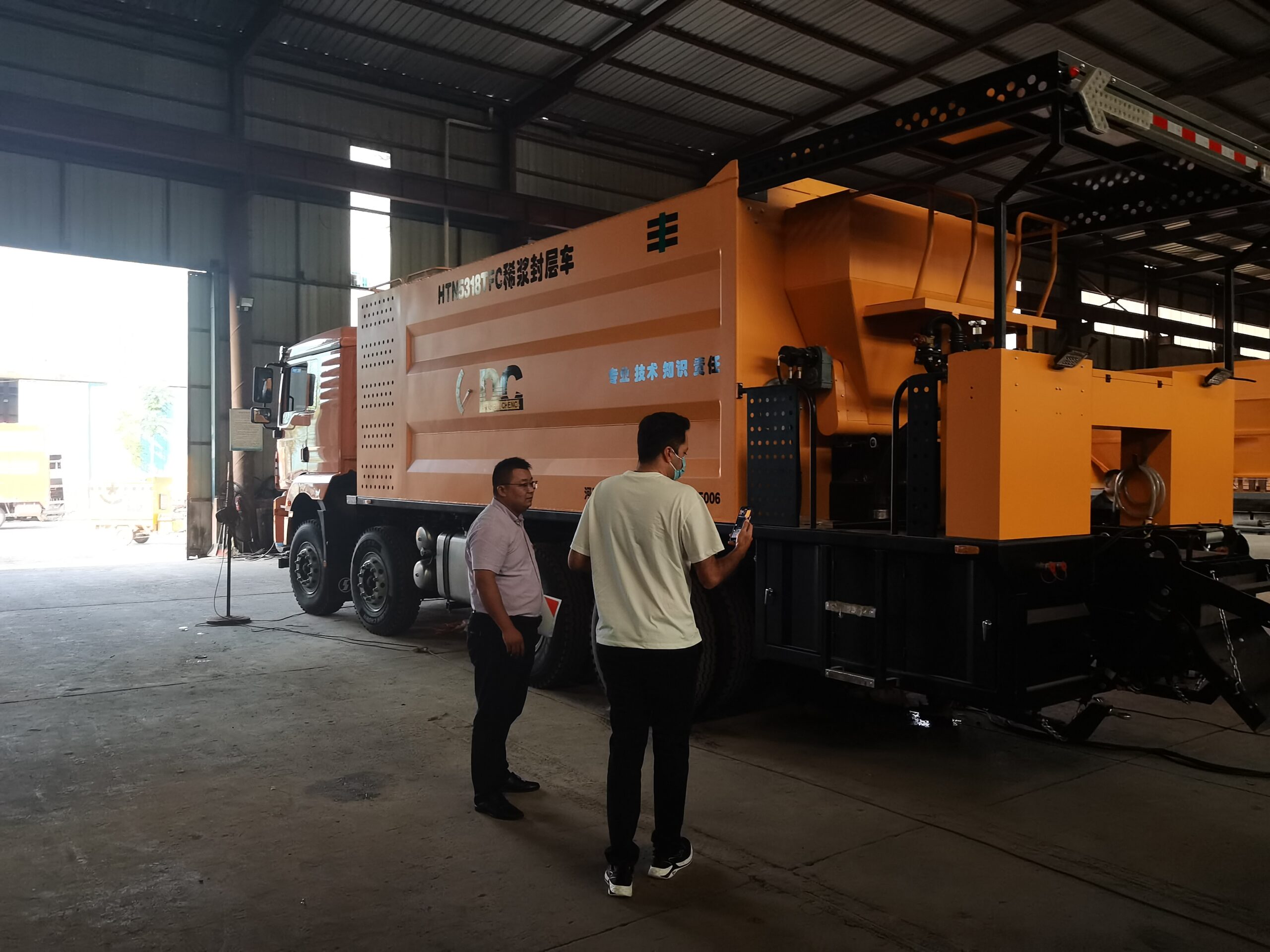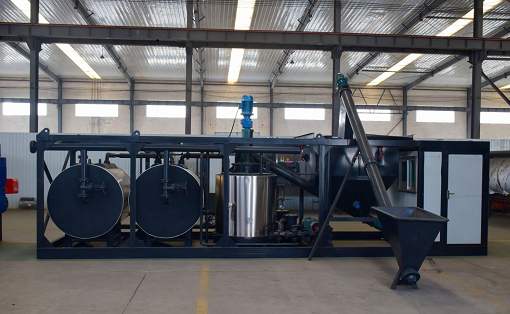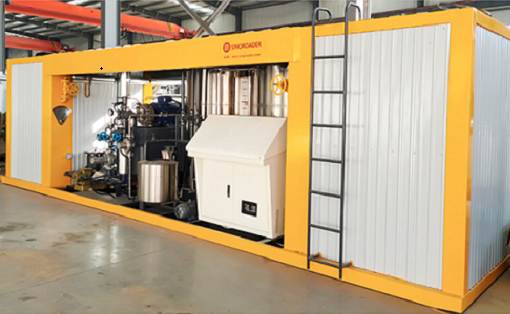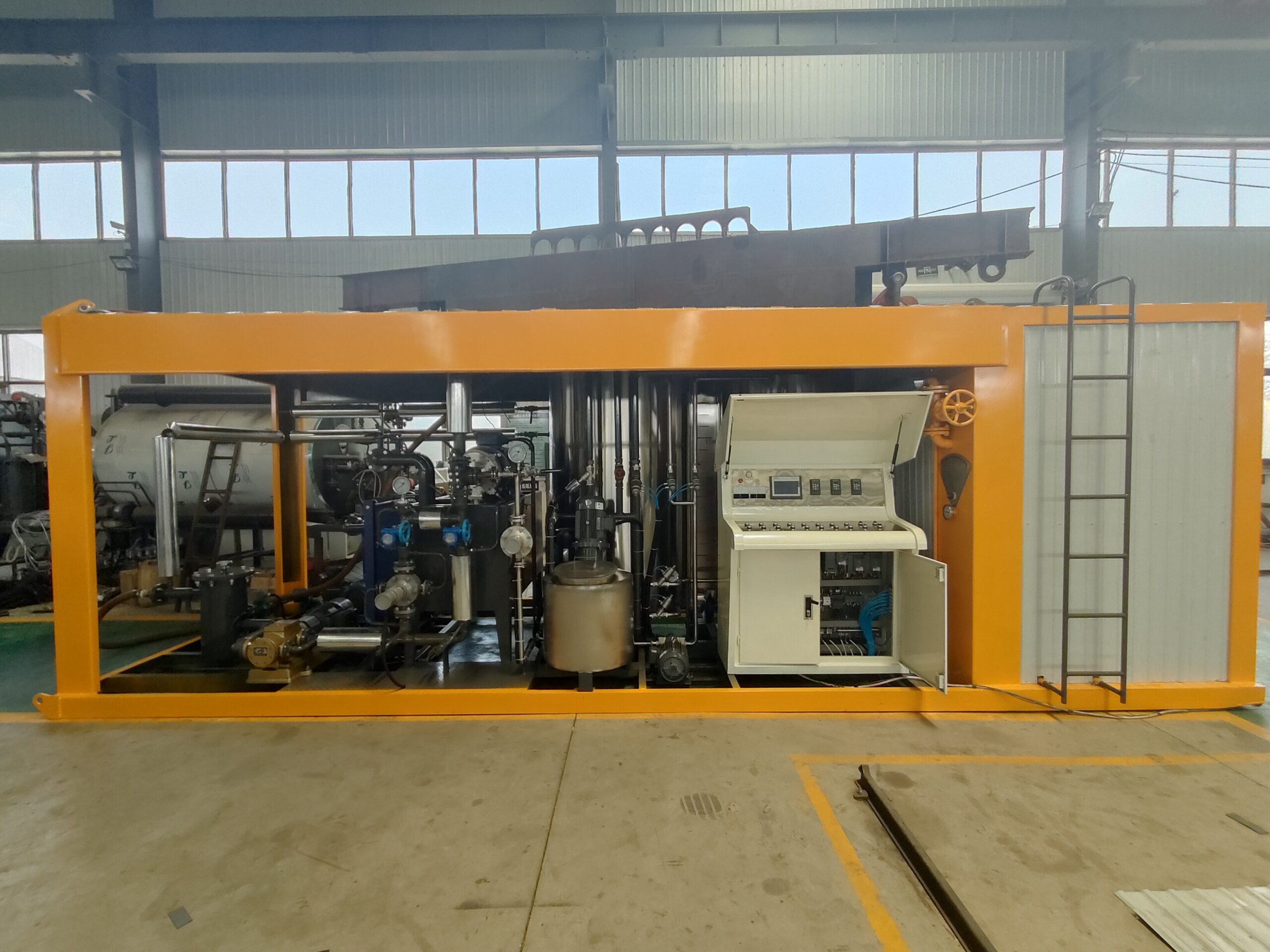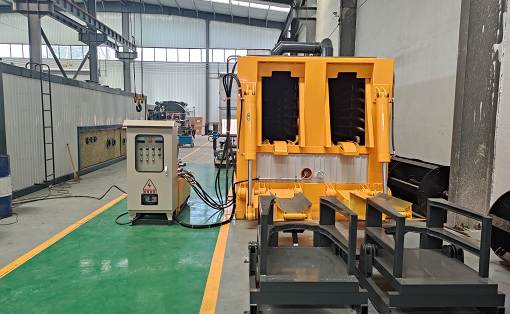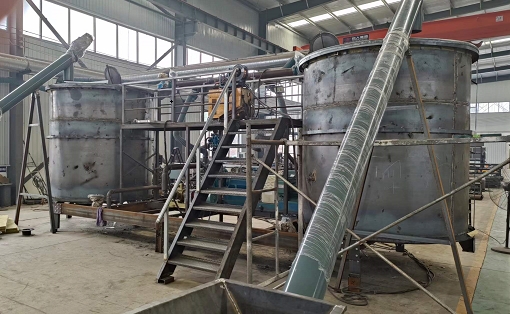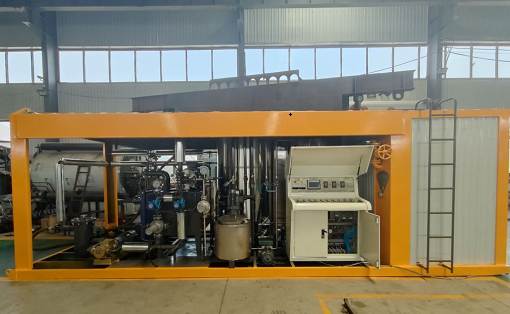Does the asphalt melting equipment need to be disassembled for movement?
Asphalt melting equipment follows the continuous development of urbanization. Whether in rural areas or in big cities, you can see a lot of construction sites, among which it is inevitable that asphalt melting equipment is set up nearby. Asphalt melting equipment manufacturers, whether large or small asphalt melting equipment or relatively large and small, although it is just a simple mechanical equipment, but to move or transport it, it is a small matter, and there are many places that require attention.
The technical level of the asphalt melting equipment disassembly and assembly team directly affects the disassembly and assembly progress of the asphalt melting equipment; improve on-site supervision, reasonably organize disassembly and assembly machinery and equipment and workers, try to avoid cross-operation, and promote the disassembly and assembly process to consume less manpower and machinery shifts to do a good job in the transportation of asphalt melting equipment; ensure that the asphalt melting equipment is not damaged and the prefabricated components are not missed.
Asphalt melting equipment follows the continuous development of urbanization. Whether in rural areas or in big cities, you can see a lot of construction sites, among which it is inevitable that asphalt melting equipment is set up nearby. Asphalt melting equipment manufacturers, whether large or small asphalt melting equipment or relatively large and small, although it is just a simple mechanical equipment, but to move or transport it, it is a small matter, and there are many places that require attention.
The technical level of the asphalt melting equipment disassembly and assembly team directly affects the disassembly and assembly progress of the asphalt melting equipment; improve on-site supervision, reasonably organize disassembly and assembly machinery and equipment and workers, try to avoid cross-operation, and promote the disassembly and assembly process to consume less manpower and machinery shifts to do a good job in the transportation of asphalt melting equipment; ensure that the asphalt melting equipment is not damaged and the prefabricated components are not missed.
In the early stage of the construction of the asphalt melting equipment, we should consider the later relocation site when selecting the mixing station. When selecting the dismantling and relocation team, we must inevitably choose a team with experience in mixing station site relocation. In the relocation process, the dismantling speed of the asphalt melting equipment is the key factor in determining the progress of site relocation. In order to promote the rapid dismantling of the mixing station with the rapid economic and social development, the three aspects of work should be formulated. A comprehensive and scientific dismantling plan, according to the characteristics of the asphalt melting equipment, the dismantling and assembly order of the mixing station should be planned, and the appropriate dismantling and assembly team should be selected.
There is also one thing that must be paid attention to in the asphalt melting equipment, that is, during the relocation period, the four legs and wiring tracks of the asphalt melting equipment server should be removed, and the asphalt melting equipment manufacturer should also facilitate the relocation. When the bucket is raised to a certain height and the bucket pin is inserted; the asphalt melting equipment should be operated in a place far away from the crowd to avoid contact with construction workers and other people; make good use of the relatively high efficiency wild river, and the asphalt melting equipment can be transported relatively efficiently when it is loaded in the transport vehicle.




